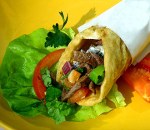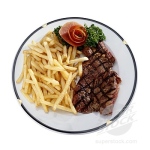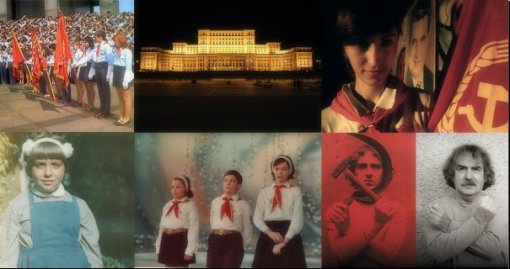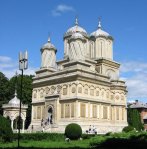 The territory of Romania that we all know today was occupied in the year 200
The territory of Romania that we all know today was occupied in the year 200 before Christ by a tribe called “the Dacians” that belonged to the big Thracian family. Under the rule of
before Christ by a tribe called “the Dacians” that belonged to the big Thracian family. Under the rule of ![]() Burebista (82 – 44 b. Cr.), the first centralized state of the Dacians was formed. It was called Dacia. After the death of Burebista, who was killed by one of his servants, the state was divided, but it was reunited by the year 87 under the rule of Decebal. During Decebal’s rule, Dacia went through two wars with the Romans, and its territory was conquest by emperor Traian in 106. Years later, because of the successive invasions of the German tribes, the Roman administration had retired from Dacia. Many other barbarian invasions followed.
Burebista (82 – 44 b. Cr.), the first centralized state of the Dacians was formed. It was called Dacia. After the death of Burebista, who was killed by one of his servants, the state was divided, but it was reunited by the year 87 under the rule of Decebal. During Decebal’s rule, Dacia went through two wars with the Romans, and its territory was conquest by emperor Traian in 106. Years later, because of the successive invasions of the German tribes, the Roman administration had retired from Dacia. Many other barbarian invasions followed.
 In the 13th Century some little pre-state formations were created, and anticipated the birth of the Principals of Moldova, Tara Romaneasca and Transylvania. These three Principals had many battles with the Ottoman Empire. In an attempt to protect these Principals, and to create a strong state that clouds withstand the ottoman fury, ruler Mihai Viteazul united the three Principals into one state by the year 1600. This union was undone a year later, after Mihai Viteazul was killed by general Basta. At the end of the 17th Century, Hungary and Transylvania become part of the Hapsburg Empire, after they defeated the Turks. In 1718 an important part of Tara Romaneasca called Oltenia was incorporated in the Austrian Empire. A few years later the Austrian Empire also occupied the north-east of Moldova, called Bucovina, while Basarabia was occupied by Russia in 1812.
In the 13th Century some little pre-state formations were created, and anticipated the birth of the Principals of Moldova, Tara Romaneasca and Transylvania. These three Principals had many battles with the Ottoman Empire. In an attempt to protect these Principals, and to create a strong state that clouds withstand the ottoman fury, ruler Mihai Viteazul united the three Principals into one state by the year 1600. This union was undone a year later, after Mihai Viteazul was killed by general Basta. At the end of the 17th Century, Hungary and Transylvania become part of the Hapsburg Empire, after they defeated the Turks. In 1718 an important part of Tara Romaneasca called Oltenia was incorporated in the Austrian Empire. A few years later the Austrian Empire also occupied the north-east of Moldova, called Bucovina, while Basarabia was occupied by Russia in 1812.

















